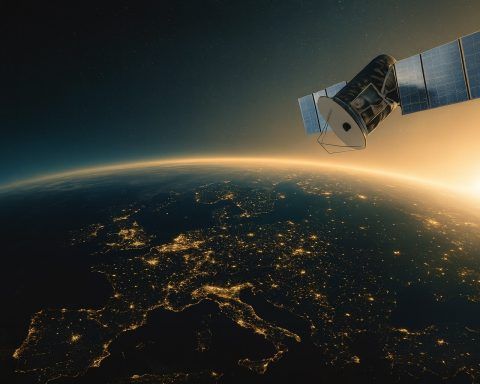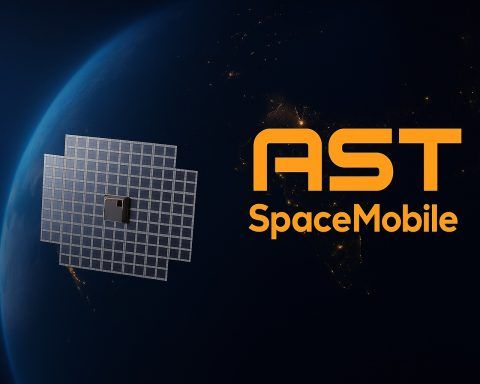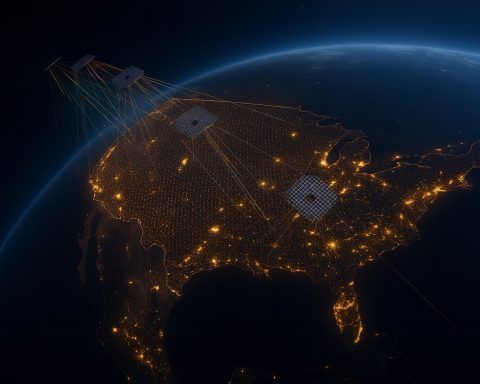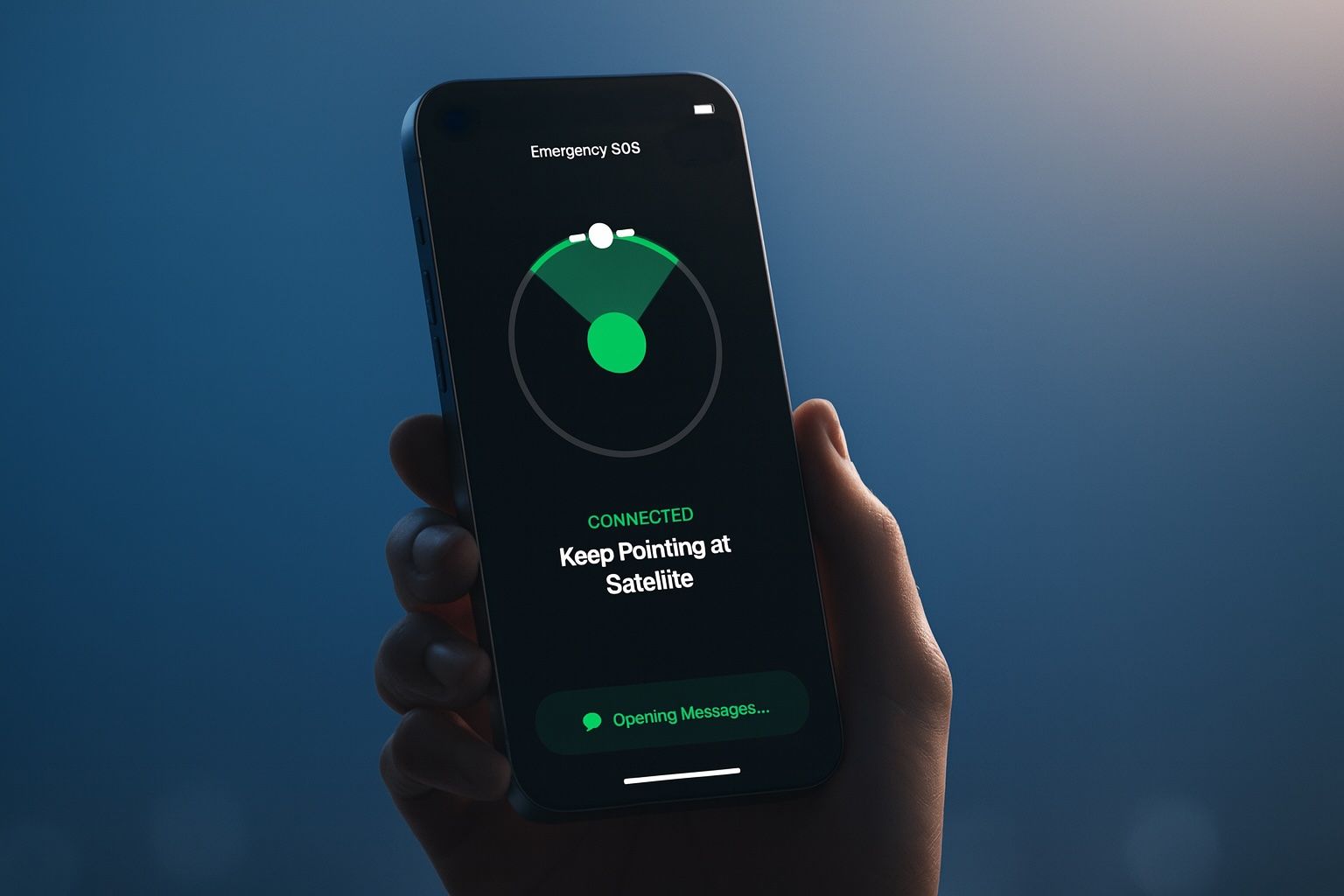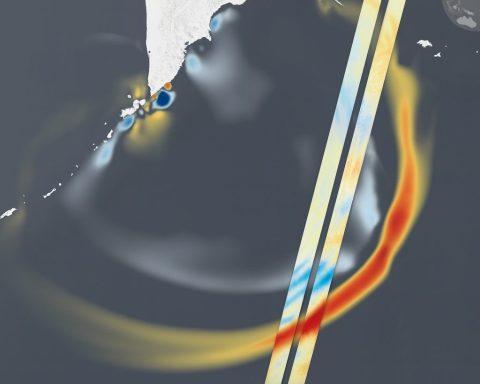
Tsunami Seen From Space: NASA’s SWOT Satellite Captures 2025 Kamchatka Megaquake in Unprecedented Detail
When a magnitude 8.8 megathrust earthquake struck off Russia’s Kamchatka Peninsula on July 29, 2025, it sent a tsunami racing across almost the entire Pacific. Now, scientists have revealed something just as extraordinary as the quake itself: for the first
